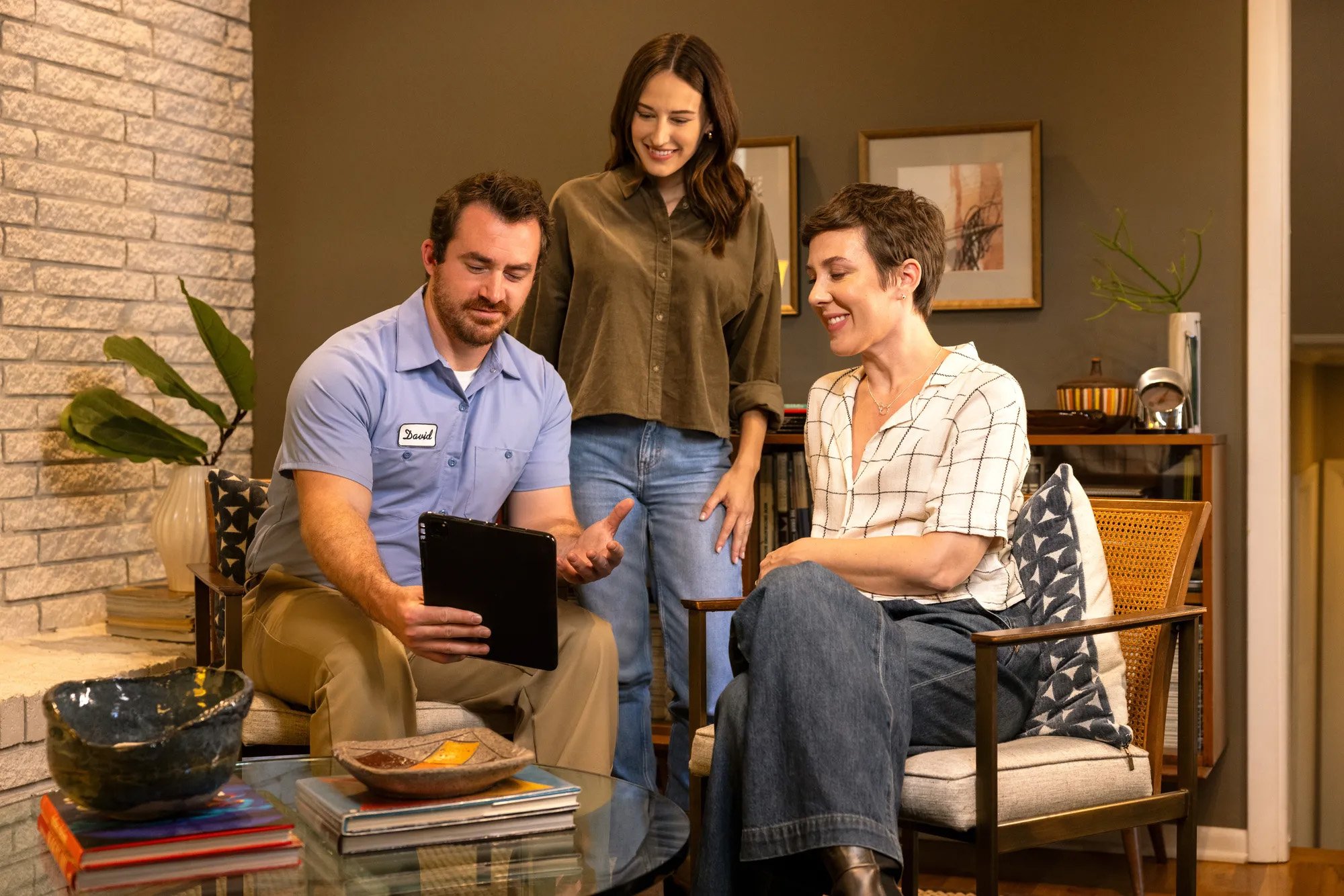Anyone who lives in a tornado zone knows the uncertainty that an impending storm can bring. Protect your family and your home with these expert tips for tornado safety plans.
The United States averages around 1,200 tornadoes per year. Notoriously difficult to predict, tornadoes often leave a wake of destruction in their path. Although tornadoes usually take place in a 10-state zone across the South and Midwest, tornadoes can crop up anywhere, depending on weather conditions. With 100-mile-per-hour winds, torrential rain and hail, and dangerous flying debris, a tornado is something to take seriously.
To help protect you, your family, and your home from a tornado, it’s a good idea to develop safety plans for tornados, so you’re ready before they hit. Here are some tips.
1. Create a Disaster Kit.
Even though a “disaster kit” can sound alarming, knowing that you have one in your tornado plan will help you feel prepared for even the worst-case scenario. Long before a tornado heads your way, be proactive and make your own disaster kit that includes the following:
-
A minimum three-day supply of water, providing one gallon of water per person per day. Be sure to include extra water for pets.
-
Prescription medications, contact lenses, backup glasses, and any other necessary medical supplies.
-
A first aid kit, especially one including bandages and antiseptic cleansers.
-
Enough non-perishable food to last at least three days—and remember to include a can opener in your disaster kit.
-
Pet food supply for at least three days.
-
A flashlight or lantern and batteries.
-
At least one change of clothes and shoes for each member of your family.
-
Blankets, sleeping bags, and pillows.
-
A few hundred dollars in cash.
-
Printed, and laminated copies of important documents and papers.
-
Cell phone chargers and power banks.
-
A battery-powered emergency radio, TV, or similar device equipped to receive broadcasts from the National Weather Service.
Once you have acquired these items for your disaster kit, you should pack them in a water- and weather-proof container and store it in a safe, accessible location.
2. Create a Family Communications Guide.
The next step to creating a tornado plan for your home is to document all work and school addresses and all phone numbers for immediate household members. Include contact information for any extended family who may live in the vicinity and be affected by a tornado. Include social media contacts in your guide. If services have been significantly disrupted, the best way to reach someone might be through Facebook or Twitter.
Print and laminate copies of this guide for each member of your family. You can also create pocket versions about the size of a credit card and carry them in your wallet or purse.
3. Follow Evacuation Plans.
You can install several apps on your phone, such as the American Red Cross tornado app, that will alert you to changing weather conditions and provide you with fair warning to escape a dangerous location. You should also stay tuned to local weather stations, particularly if you live in a tornado zone, so you can be aware of tornado watches and warnings. If you believe that a tornado is headed your way, follow the tornado evacuation plans recommended for your location.
Still, even the most astute weather observer can be caught by a surprise tornado. Unlike hurricanes or blizzards, tornadoes often crop up in the blink of an eye.
It’s time to seek shelter if you notice
-
A particularly dark or greenish sky
-
Big, low-lying, dark clouds
-
Large hail
-
Intense rain followed by an eerie calm
-
A strong shift in wind direction or air temperature
-
Debris moving through the air as if of its own accord
-
The distinct tornado roar—which usually sounds like a continuous rumble, a deep roar, or a nonstop whirring noise




